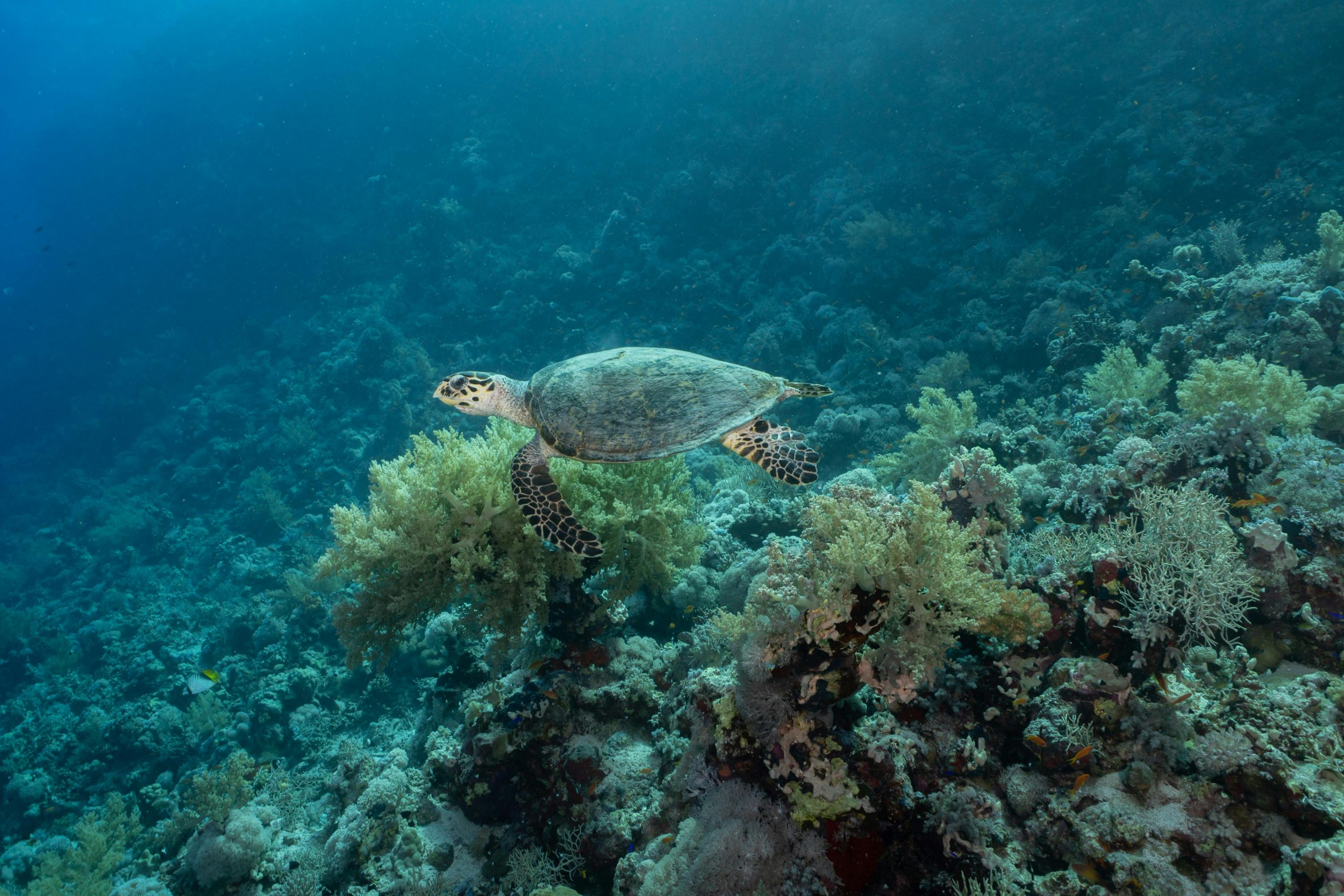Mexico’s Eco-Tourism Boom: Whale Watching and Sea Turtle Conservation
When thinking of Mexico, one may envision vast beaches, rich cultural history, and delicious cuisine. However, there is one aspect of Mexican tourism that often goes unnoticed: ecotourism. In recent years, Mexico has seen a boom in eco-tourism, with travelers seeking out sustainable and responsible forms of travel. One particularly popular form of eco-tourism in Mexico is whale watching and sea turtle conservation. In this article, we will dive into Mexico’s eco-tourism boom and explore the incredible opportunities for whale watching and sea turtle conservation in this beautiful country.
The Growth of Eco-Tourism in Mexico
Mexico’s tourism industry has flourished in recent years, with over 40 million visitors in 2019 alone. While luxurious resorts and all-inclusive packages have been popular choices for travelers, there has been a noticeable shift towards eco-tourism. This form of travel focuses on visiting natural areas while minimizing the impact on the environment and contributing to local conservation efforts. This movement has been gaining momentum in Mexico, with many travelers seeking out more authentic and responsible experiences.
The Appeal of Whale Watching
Whale watching is a popular activity in many countries, but Mexico offers a unique and unparalleled experience for marine enthusiasts. In coastal towns such as Cabo San Lucas, Puerto Vallarta, and Los Cabos, tourists can witness the annual migration of humpback whales from the Arctic. These majestic creatures can be seen from December to April, as they travel thousands of miles to the warm waters of Mexico to mate and give birth.
But it’s not just the chance to see these incredible animals that draws tourists to Mexico for whale watching. Eco-tourism companies in Mexico also prioritize responsible practices, such as keeping a respectful distance from the whales and using boats with low environmental impact. This allows visitors to have an up-close and personal experience while also preserving the well-being and habitats of these magnificent creatures.
Sea Turtle Conservation in Mexico
In addition to whale watching, Mexico also offers opportunities for sea turtle conservation, another popular form of eco-tourism. Five different species of sea turtles can be found nesting on Mexico’s beaches, including the critically endangered Kemp’s Ridley sea turtle. During the nesting season, from June to October, visitors can participate in conservation efforts such as monitoring and protecting turtle nests, releasing hatchlings into the ocean, and educating tourists on the importance of conservation.
Various organizations, such as the National Commission of Natural Protected Areas, have implemented strict regulations and programs to protect sea turtles and their habitats. This has resulted in the recovery of many sea turtle populations and has also created eco-tourism opportunities for tourists looking to make a positive impact on the environment during their travels.
The Benefits of Eco-Tourism in Mexico
Mexico’s commitment to eco-tourism has not only benefited the environment but also the local communities. By supporting eco-tourism initiatives, travelers help create jobs and stimulate the local economy. Additionally, these initiatives often partner with local communities, providing education and resources to promote conservation efforts and sustainable practices.
Moreover, eco-tourism allows visitors to have a more meaningful and enriching travel experience. Instead of simply lounging on a beach or by the pool, they can connect with nature, learn about local conservation efforts, and contribute to a positive cause.
Conclusion
Mexico’s ecotourism boom is a testament to the country’s dedication to preserving its natural beauty and promoting sustainable practices in tourism. Through activities such as whale watching and sea turtle conservation, travelers can have a one-of-a-kind experience while supporting important conservation efforts. So, the next time you plan a trip to Mexico, consider incorporating some eco-tourism activities into your itinerary and make a positive impact on the environment and local communities.











